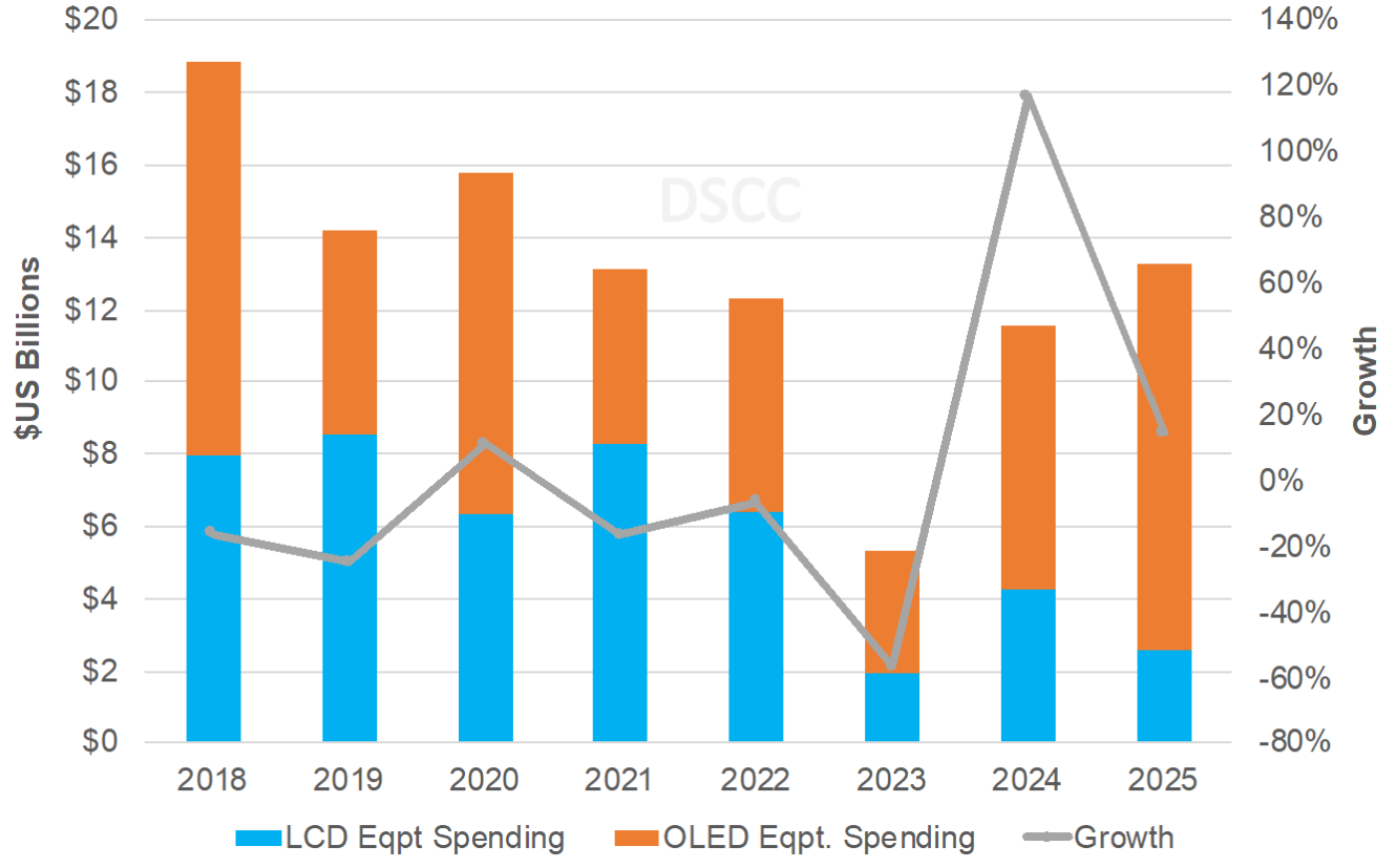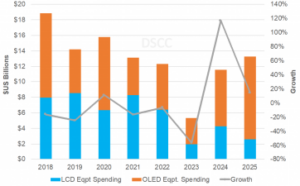I’m rushing around today as I prepare for a transatlantic flight tomorrow. The normal level of stress before a big trip is even worse this year with all the Covid paperwork, but still I’m really looking forward to Display Week.

I have attended all SID Display Weeks as a reporter since 1995 in Orlando and last year I was covering the virtual event not just for Display Daily, but for the SID’s Information Display magazine. Last time I checked, I had written over 300,000 words on the annual display technology feast and nobody in the Press Room could claim more. I used to love that the event moved around the US, getting me to many places that I would otherwise not have visited and away from the relentless trips to Las Vegas (or Orlando) for other events. In recent year, however, the decision has been to stay on the West Coast of the US so that it’s not too difficult for Asian delegates and visitors and is close to the big tech companies that are their clients. That’s been a good move, although as a tourist, it’s not so interesting.
It’s tempting to look back at the huge changes over 27 years, but in this article I’m going to look ahead at next week and what I expect to see.
It Starts on Sunday
There will be lots of short courses on Sunday, but I plan to skip those this time. For those that are at the start of a career in displays or need to change the discipline they are working in, the courses are invaluable.
Monday will be devoted to the SID/DSCC Business Conference. Again, I have attended every one of these from beginning to end of each session and they are really fantastic for topping up my knowledge about key industry trends. Some find the relentless presentations challenging, especially those loaded with charts, but I love them (well, most of them!).
Last year, panel prices were high, demand was strong and we were at a peak of the Crystal Cycle. As there have been over the years, there were suggestions (hopes?) that the cycle might be finally coming to an end, but the last year has seen a crash in prices and significantly softening demand and that is having a big impact on investment plans, as DSCC pointed out earlier this week in a blog post. (registration required)
 Production equipment investment will be low in 2023 Source:DSCC
Production equipment investment will be low in 2023 Source:DSCC
Last year’s Business Conference was all online, and that meant that the one day time-limited format could be significantly extended. This year, the event has a ‘hybrid’ format with virtual parts on top of the live day. That will mean a week or two to write up all the sessions but it will also mean comprehensive topic coverage. There are usually at least one or two really interesting new topics or presentations from start-ups.
Keynotes
Tuesday will see the keynotes. Sometimes, these are really visionary, and sometimes major strategic initiatives are announced. However, too often, the ‘corporate guff’ is terminally dull. The first speaker, Soo-Young Yoon of LG Display, is a serious technologist and could give us something genuinely interesting. However, LG Display’s presentations often show the signs of having had the itneresting content stripped out by Corporate PR, but I’m hoping for something revealing.
Joe O’Keefe is from Meta and he will be talking about “AR and VR Challenges and Trends”. The big US tech companies usually provide some interesting perspective so I hope this talk will follow that trend. The final speaker is from BOE and although Xu Xiaoguang is the CTO, and could tell us a lot, real insights and news are likely to be in short supply, based on previous BOE talks. I really hope I’m wrong!
The Exhibition & Symposium
After that, I’ll be on the show floor. I have a number of appointments set up, but I still have a lot of companies to check out. I will try to avoid my biggest mistake of recent years, by getting to the i-Zone early on. The i-Zone is a great feature that allows start-ups and research projects to have a presence at the event without spending a fortune. There are often interesting things to see, but a couple of time I have thought that it looked to be busy at the start of the show, only to find it had been closed earlier than the main show floor and I had missed it (as even ensuring a table is manned for the whole event can be a challenge for start-ups).
On the Show Floor
I’ll be talking to VESA about its new variable refresh rate standard, looking at new E ink displays, checking all the big panel makers’ booths and looking for Porotech, which has some very interesting technology for microLEDs that we have reported on a lot, but that I haven’t actually seen for myself, yet.
I expect microLED to continue to be a hot topic, along with flexible OLEDs of various scales. There are usually one or two surprise announcements (e.g. the Nanosys acquisition of Glo last year) at the event. So I hope to be surprised!
Moderating
On Thursday, in the morning I will be running around the show floor to check that I haven’t missed anything (although I will have done!), then on that day at 1.30 I will be moderating the CEO Forum panel session at 1.30pm on Thursday. This is my second year of doing the job and it amazed me how much I learnt last year. We have some great panelists, including Nikhil Balram of Mojo Vision, which is making microLED-based AR contact lenses and who is an SID Award Winner. I found a lot of interesting topics in my ‘dry runs’ so I expect to learn a lot this year, too.
I may hang around for the Poster Sessions on Thursday afternoon. That’s always a place I learn a lot. I won’t be attending the symposium on Friday as I have to travel, but there will still be sessions.
Author Interview
One of the features of Display Week that I didn’t understand when I first went was the Author interviews. At these sessions, those that have presented technical sessions during the day come along to answer questions. However, at the author interviews, samples and demonstrators are often shown. I was taught to stand at the corner and look to see where the crowds were. That was a fair indicator of the most interesting content and you often get to see technology demonstrations years and years before the public. Of course, this year, the number of physical participants is likely to be limited.
Another shortcut that I learned was to walk around the symposium and see if there were sessions that were over-subscribed, with overflows in the halls. The overflow gave a clue as to the ‘big technology news’! However, it’s not infallible. I remember seeing such a crowd for a ‘projector bulb without a filament’ that commercially went nowhere, although it was a cool technical idea.
So, having, finally, got all my paperwork in order for my flight (heaven help you if are a family or not internet-savvy!), I have my boarding card for tomorrow and can’t wait! (BR)

